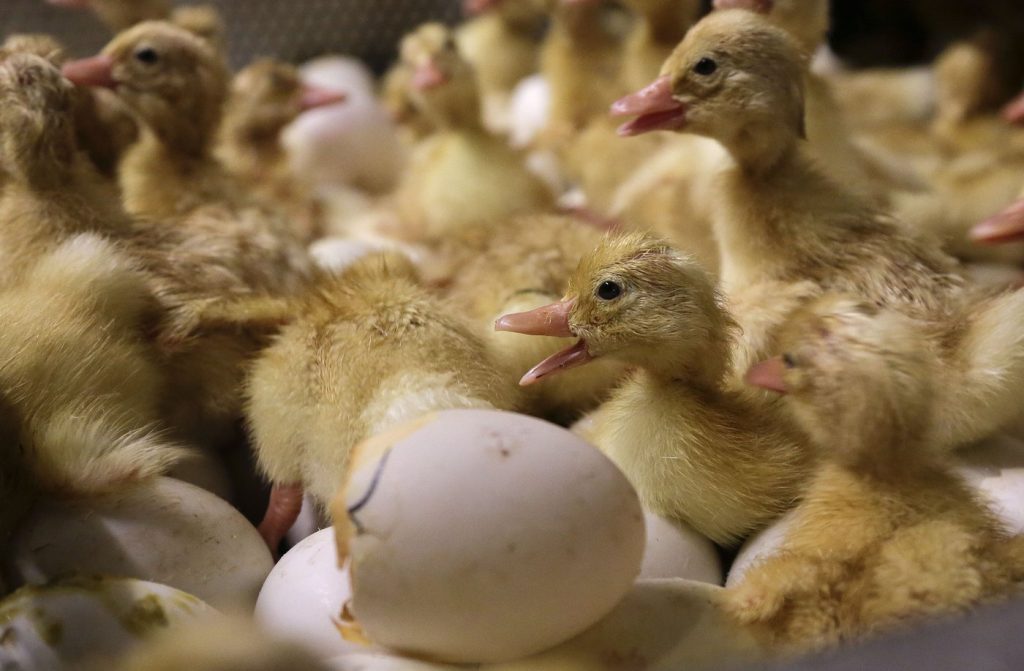An older woman from Platte County, Wyoming, has been hospitalized with bird flu, marking the state’s first confirmed case of Type A H5N1 influenza in humans. State health department officials announced this concerning development on Friday. This particular strain of bird flu has been spreading among animals, including wild birds and poultry, and has resulted in infections in nearly 70 individuals across the U.S. over the past year, according to data provided by the U.S. Centers for Disease Control and Prevention (CDC). However, researchers believe that the actual number of cases is likely higher than reported.
The woman reportedly contracted the virus through direct contact with an infected poultry flock located at her home. She is currently hospitalized in a different state and suffers from other pre-existing health conditions, contributing to the seriousness of her case. Dr. Alexia Harrist, the state health officer and state epidemiologist, reassured Wyoming residents that they should not harbor a "high level of concern" regarding this isolated incident, especially considering that most human cases of bird flu in the U.S. have generally been mild.
Harrist highlighted the severity of the woman’s illness, stating, “Unfortunately, this patient’s experience has been much more serious.” This case comes amidst broader concerns regarding the spread of bird flu from animals to humans, as indicated by a new CDC study that reveals that the virus has silently transmitted to some veterinarians.
Since its detection in 2022, bird flu has spread among wild bird populations in the United States and has emerged in dairy cattle for the first time, resulting in infections in over 960 cattle herds across 16 states. This significant transmission indicates a worrying trend for both agricultural and public health sectors. Furthermore, while most confirmed cases among humans were associated with mild symptoms, the current situation underscores the potential risks that the H5N1 strain poses.
In summary, the first human case of bird flu in Wyoming showcases the ongoing risks associated with H5N1 transmission to humans, particularly through direct contact with infected birds or poultry. The state health authorities remain vigilant and are monitoring the situation closely.










